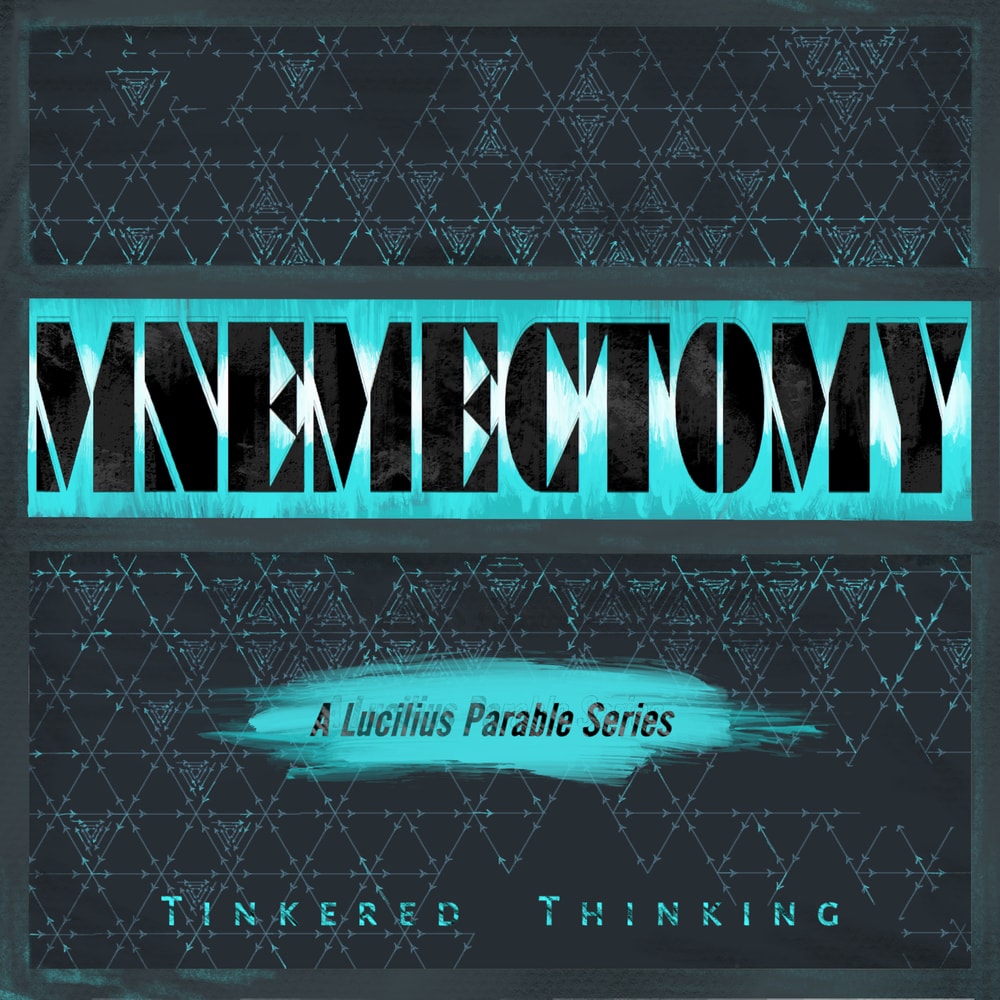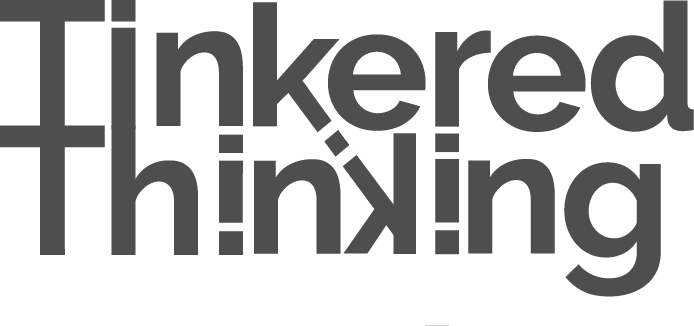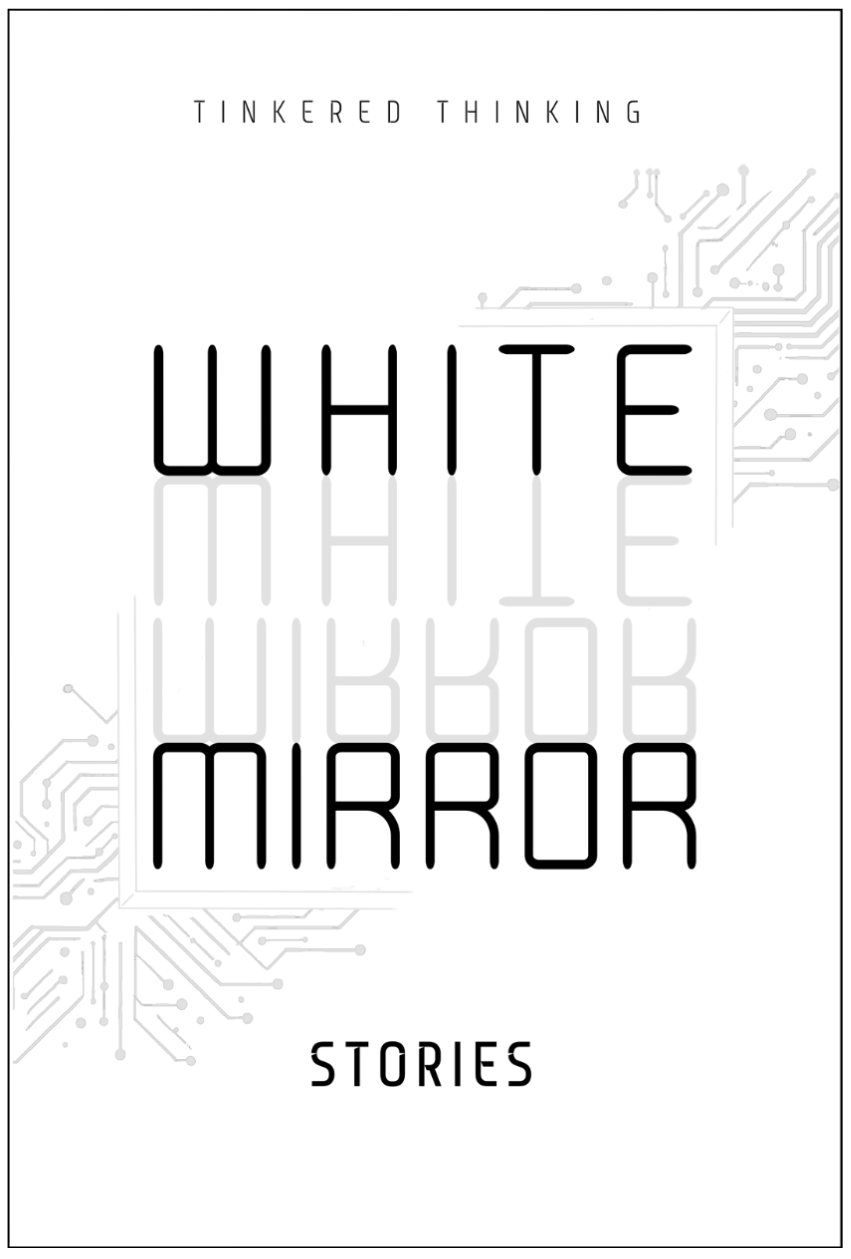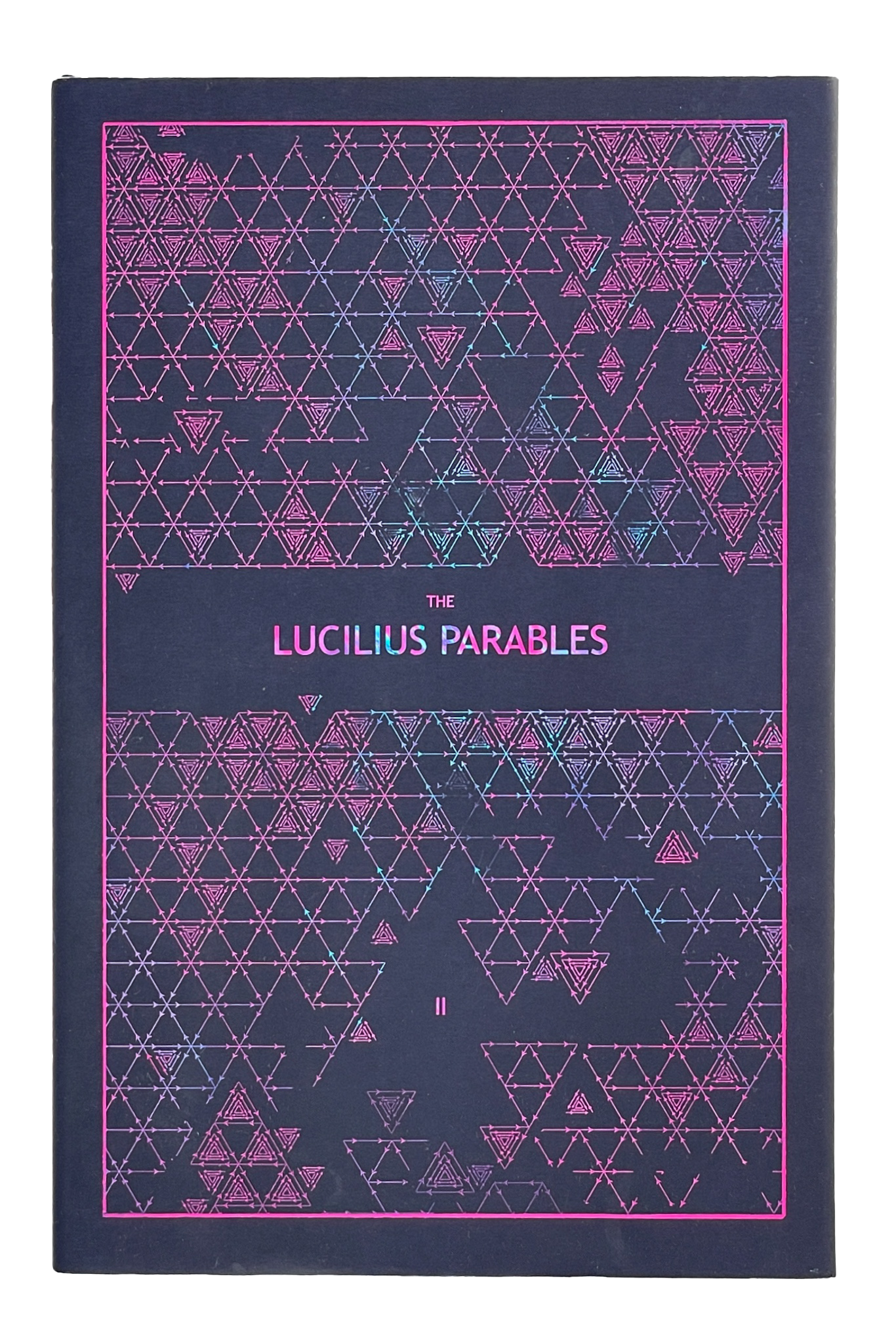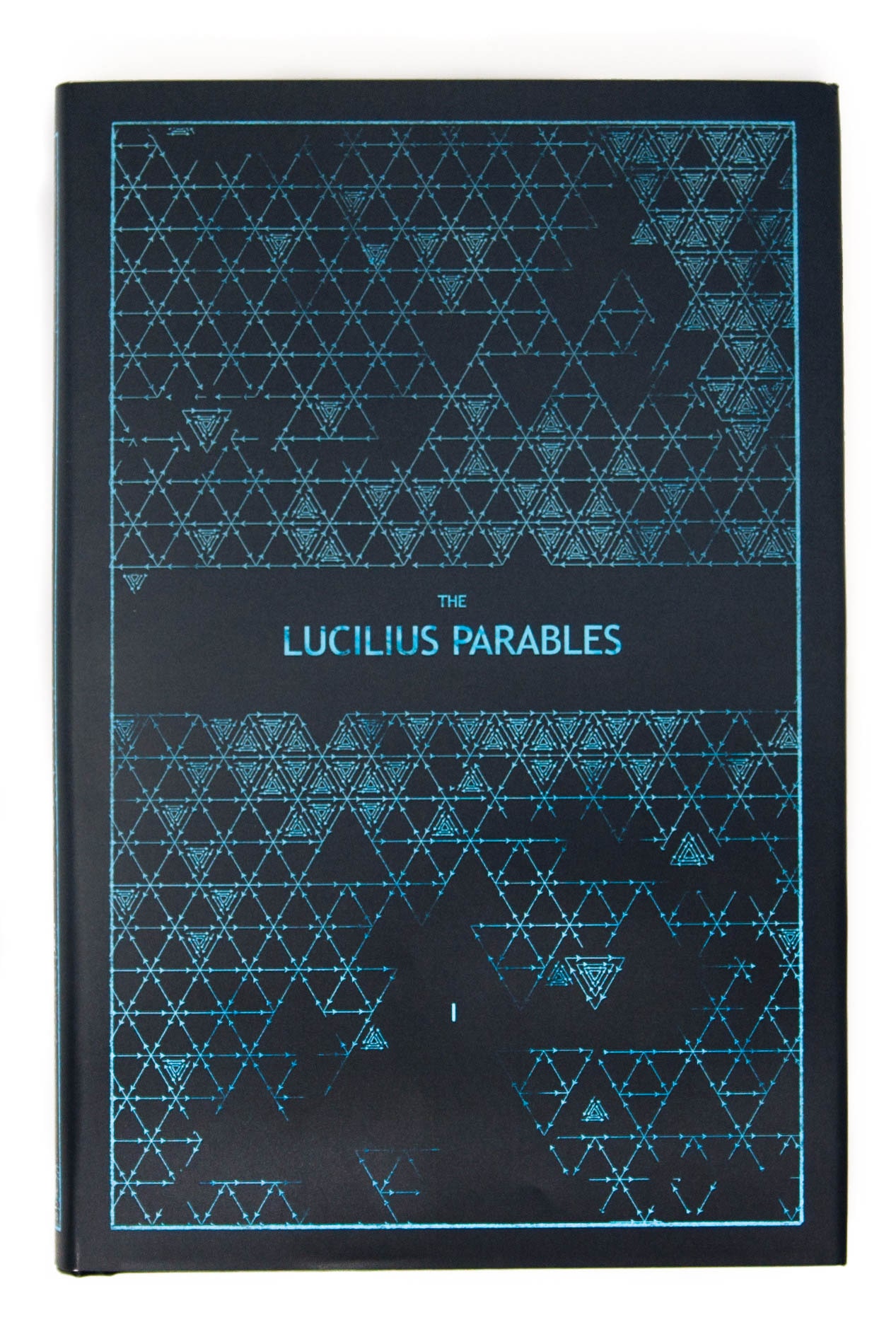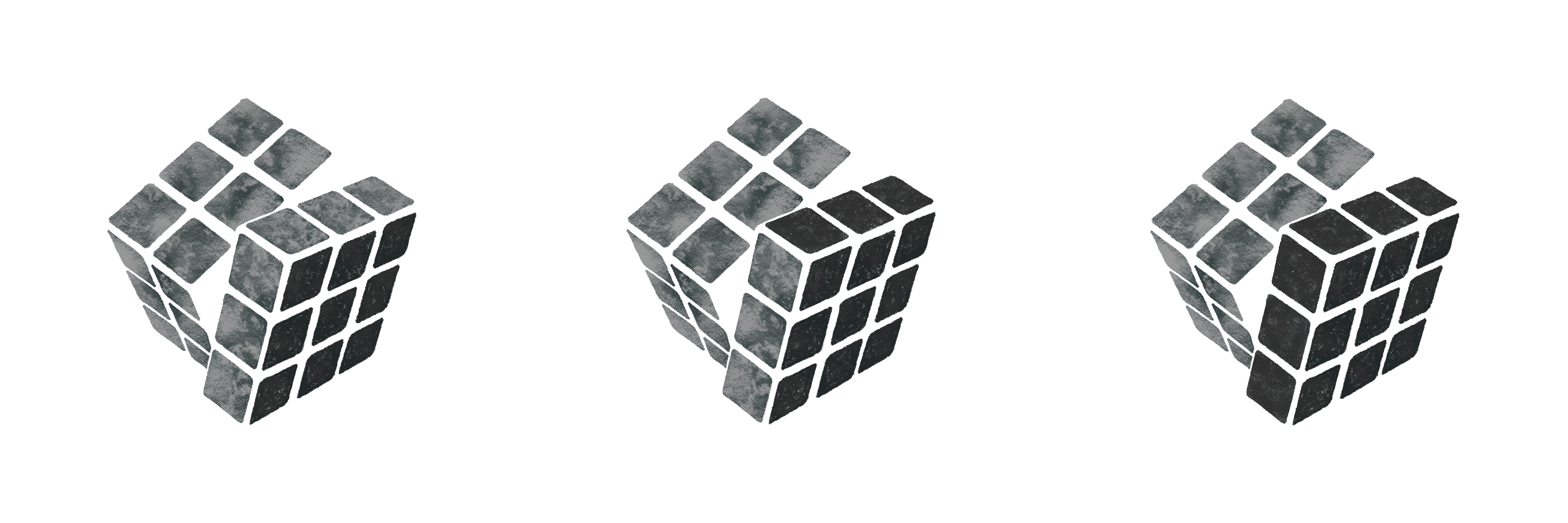Daily, snackable writings to spur changes in thinking.
Building a blueprint for a better brain by tinkering with the code.
subscribe
rss Feeds
SPIN CHESS
A Chess app from Tinkered Thinking featuring a variant of chess that bridges all skill levels!
REPAUSE
A meditation app is forthcoming. Stay Tuned.
RUT
August 18th, 2018
Everyone has been stuck in a rut. In fact, everyone is still currently in a rut. The word rut is just the negative way of pointing out a habitual thought pattern.
What would the opposite of a rut look like?
Structurally, it would look like an infinitely smooth surface. The opposite of a rut is essentially no structure.
But the moment we begin to move across that infinitely smooth surface, we leave a mark. If we travel in the same way across that surface, our footprints begin to stamp in a track. Enough trips and that track becomes a deep groove. And if we don’t like the destination, then we call this path a RUT.
We use this analogy for the mind because thoughts seem to occur in a similar way. The more we think in a certain pattern, the more likely we are to think in that pattern again. Neurologically this makes a great deal of sense. In neuroscience, the Hebbian Theory can be summarized (and oversimplified) by saying that neurons that fire together wire together. This process creates stronger pathways for electrical signals to travel in the brain. These strong pathways would best be thought of in terms of resistance. The stronger the pathway, the less resistance there is for a signal to travel down that pathway, making it more likely for that pathway to be used.
. . .In exactly the same way that a path across a grassy field is most likely to be taken because it’s most likely the fastest route, hence it is the path of least resistance and it is clearly marked out, making it the obvious choice.
. . .Or how tracing a drawing is so much easier than drawing something new.
This is why it can be so difficult to get out of a RUT – because it’s so much easier for the brain to operate in that RUT.
We need two pieces of mental equipment to deal with RUTS, and together these tools are at the core of the brain’s ability to change, explore, discover and solve.
The first is the thoughtful PAUSE.
If we know we are in a RUT, often the simple act of stopping, sitting and concentrating on some slow breathing for a few minutes is enough to gain a better sense of center.
The second tool is the question.
We must ask the right question. Often we do not start with the right question.
For example, if we are stuck in a RUT and we stop, thoughtfully PAUSE and try to think proactively about the situation, we often ask:
Why am I doing this? Why am I thinking this?
These are actually not productive questions at all. But they are a start on the quest-ioning path. Plus, the answer to these questions is essentially Hebbian’s Theory, so we’ve already got the answer.
The question tool is infinitely useful because it can be used to sharpen itself, for example we can simply ask:
What’s a better question to ask at this moment while thoughtfully pausing in the middle of a RUT.
We might be able to productively over-simplify a lot of the mental and situational RUTS that we get into by asking:
Since I know where this behavior or pattern of thought leads to, and I don’t like it, where would I like to go instead?
If basking in the warm glow of a Television, or scrolling facebook for a few hours always makes us feel like an unproductive waste. We might ask, what would be better than feeling like an unproductive waste?
We can perhaps remember how good it feels to accomplish something, even something small, like making the bed, or cleaning a room.
But an important part of getting out of the rut is making it harder to go down that path. We have to fill in the rut a little bit.
This might involve throwing a hammer at the television, or turning off the phone and putting it in a lockbox for an hour or two a day.
Thinking we will just magically develop the willpower to ignore the slippery slope of the RUT and be a more productive, interesting, wonderful human being is NOT a good recipe for success.
Best to change the environment so that it’s as easy as possible for a new behavior to flourish and as difficult as possible for an old behavior to continue.
Changing the environment can be challenging because it’s often shared, and this is the trap of the ROSE-COLORED CUFFS. But if we can use our tools effectively, we can ask the right questions that can lead us to a perspective that makes the process look like less of a hassle and more like stumbling into a better life
This episode references a few, Episode 23: PAUSE, Episode 30: THE ONLY TOOL, Episode 33: ROSE-COLORED CUFFS, and Episode 12: Natural Spring, if you’d like to explore those references further, please check out any of those episodes next.
-compressed.jpg)
